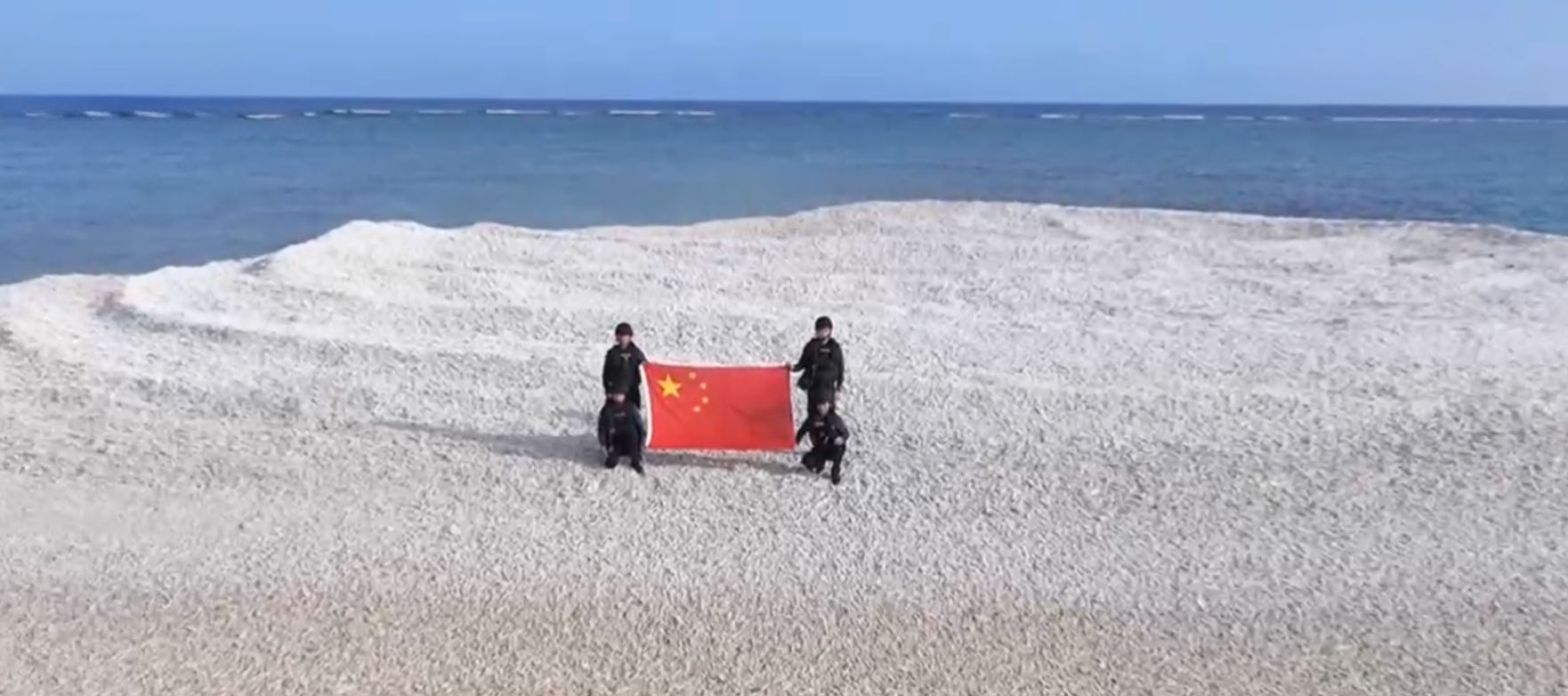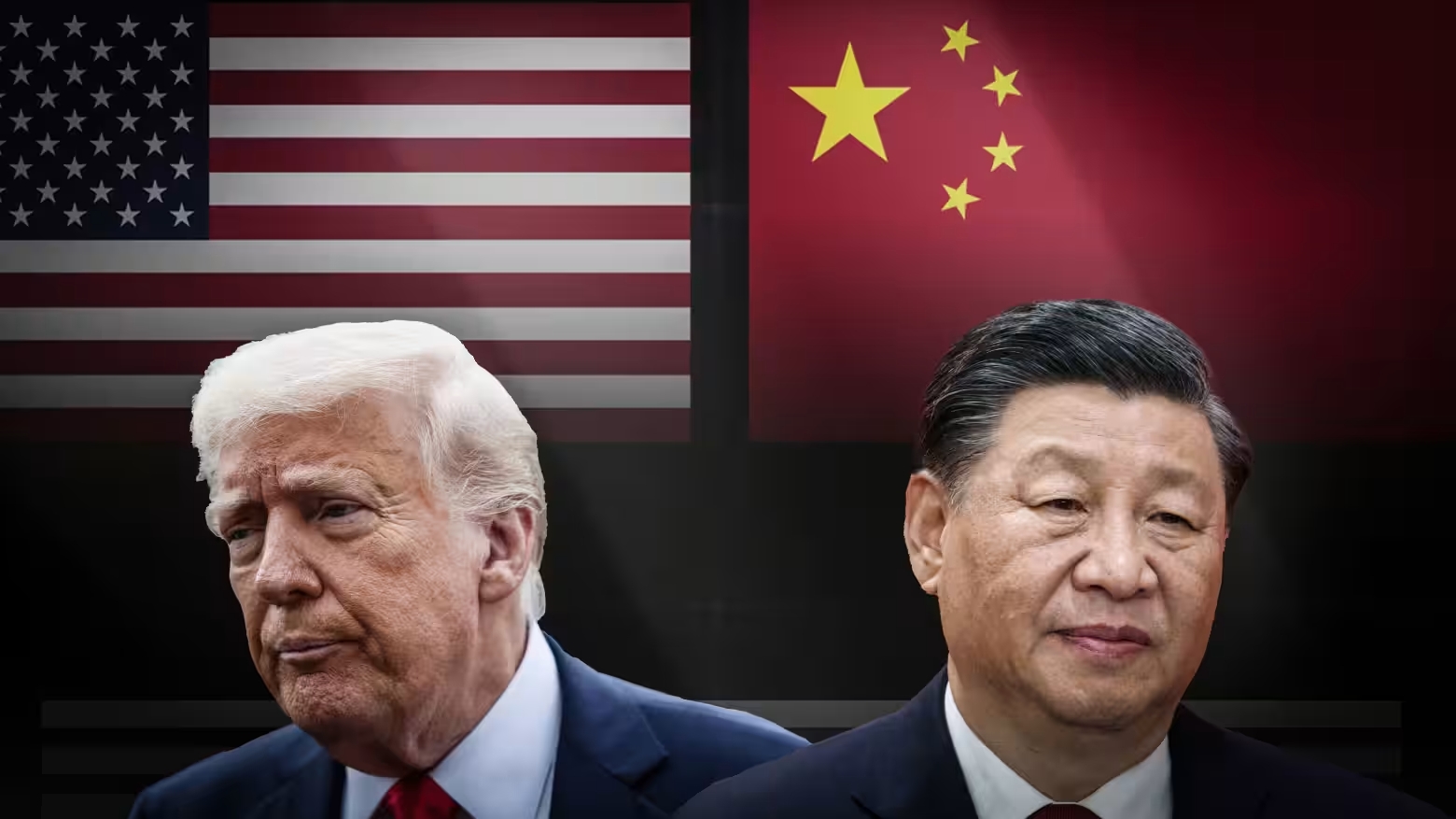Richard Sanders
In a troubling development in the ongoing territorial disputes in the South China Sea, China’s coastguard has seized control over a small sandbank known as Sandy Cay, state media reported. This bold move marks a significant escalation in China’s aggressive tactics against its regional neighbors, particularly the Philippines, heightening fears of increased militarization and confrontation in the geopolitically vital area.
State broadcaster CCTV aired images displaying four Chinese officers in full black gear, defiantly holding the Chinese flag atop the disputed reef, a clear signal of China’s determination to assert its claims over contested territories. According to CCTV, this military maneuver demonstrates China’s intent to “implement maritime control and exercise sovereign jurisdiction” over the reef, underscoring the ongoing disregard for international norms and maritime laws.
The region’s geopolitics is already fraught, with both China and the Philippines, among others, staking claims to various islands within the South China Sea. In a show of defiance, the Philippines responded by landing on three sandbanks and releasing photos of its officers proudly displaying the national flag, a move aimed at countering China’s provocative actions. However, such displays of national pride only serve to highlight the precariousness of the situation as the Philippines seeks to assert its territorial rights while facing a much larger and increasingly assertive Chinese presence.
This latest episode raises serious concerns about regional stability, with analysts warning that China’s continuous expansionist policies threaten not only the sovereignty of the Philippines but also that of other Southeast Asian nations. The international community must urgently address China’s aggressive territorial claims and illegal activities in the South China Sea to prevent further escalation and to uphold the rules-based order that has governed the region for decades.
As tensions simmer, the eyes of the world remain fixed on how both regional players and global powers respond to this latest act of Chinese aggression, as the quest for control over the South China Sea continues to unfold.



